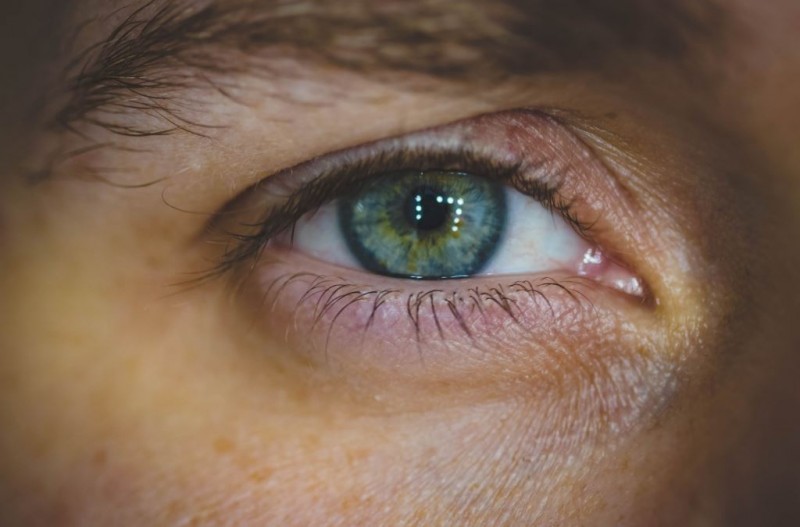
In the vast spectrum of visual perception, the human eye possesses an extraordinary ability to distinguish an astonishing range of colors. Scientifically speaking, it is estimated that the human eye can discern approximately 10 million different colors. This remarkable feat is made possible by the complex structure and functioning of our eyes, which allow us to perceive the world in vibrant hues. In this article, we will delve into the intricacies of human color vision and explore the fascinating mechanisms behind our remarkable ability to discern such a vast array of colors.
Introduction: The Astonishing Ability of the Human Eye
The human eye is a marvelous organ that allows us to perceive the world in all its vibrant glory. One of its most awe-inspiring capabilities is the ability to discern an estimated 10 million different colors. This remarkable feat of color perception has captivated scientists, artists, and philosophers throughout history, leading to a deeper understanding of human visual perception.
The Anatomy of the Eye
To comprehend the complexity of color vision, it is essential to understand the intricate anatomy of the human eye. The eye consists of several key components, including the cornea, iris, lens, retina, and optic nerve. These structures work together to capture and process visual information, enabling us to perceive colors with astonishing precision.
Understanding Color Perception
The Role of Light
The foundation of color perception lies in the nature of light itself. Light is composed of different wavelengths, and when it interacts with objects, it either reflects, transmits, or absorbs certain wavelengths. Our eyes receive this light, and the wavelengths that reach our retinas determine the colors we perceive.
The Three Types of Cone Cells
Within the retina, there are three types of cone cells: red-sensitive, green-sensitive, and blue-sensitive. These specialized cells are responsible for detecting and interpreting different wavelengths of light. By working in combination, they enable us to perceive the full spectrum of colors.
The Trichromatic Theory of Color Vision
The trichromatic theory of color vision, proposed by Thomas Young and refined by Hermann von Helmholtz, explains how our eyes perceive colors. According to this theory, the three types of cone cells in our retinas are most sensitive to specific ranges of wavelengths. The brain then interprets the signals from these cones to create our perception of color.
Factors Affecting Color Differentiation
While the human eye possesses an incredible ability to discern millions of colors, several factors can influence our perception of color.
Lighting Conditions
The lighting conditions under which we view objects can significantly impact color differentiation. The intensity, direction, and color temperature of light sources can alter the appearance of colors, making them appear brighter, duller, or even different altogether.
Color Contrast
Color contrast plays a crucial role in our ability to distinguish different hues. When colors with contrasting properties are placed side by side, such as black and white or complementary colors, they enhance each other's vibrancy, making them easier to differentiate.
Color Blindness
Color blindness is a condition that affects a significant portion of the population, predominantly males. It results from the absence or malfunctioning of certain cone cells, leading to difficulties in perceiving specific colors or distinguishing between them.
The Influence of Culture and Language
The perception and interpretation of color can be influenced by cultural and linguistic factors. Different cultures associate colors with various symbolic meanings, which can affect how individuals perceive and interpret colors within their cultural context.
The Evolutionary Significance of Color Perception
The ability to perceive and differentiate colors has played a crucial role in human evolution. Colors often serve as indicators of ripeness, danger, or attractiveness in the natural world. Our ancestors who possessed a heightened color perception were better equipped to navigate their environment, identify edible fruits, avoid predators, and choose suitable mates.
Technological Advancements in Color Display
Technological advancements have revolutionized the way we display and reproduce colors. From the advent of color television to high-resolution displays and advanced printing techniques, these innovations have expanded our visual experiences and further showcased the awe-inspiring capabilities of human color perception.
The Psychological Impact of Colors
Colors have a profound psychological impact on human emotions and behavior. Different colors can evoke distinct feelings and responses, influencing our moods, perceptions, and decision-making processes. Marketers, advertisers, and designers often utilize the psychological effects of colors to elicit specific reactions from their audiences.
Color Perception in Animals
While humans possess an exceptional ability to discern colors, other animals also exhibit unique color vision adaptations. Some species, such as birds, reptiles, and insects, can perceive ultraviolet light, allowing them to see a broader range of colors invisible to the human eye.
Color Vision Deficiencies: Types and Causes
Color vision deficiencies, commonly known as color blindness, can occur due to various genetic and acquired factors. These deficiencies can range from mild to severe and can affect an individual's ability to differentiate between certain colors or perceive them accurately.
The Future of Color Research
As our understanding of color vision continues to evolve, scientists and researchers are delving deeper into the mysteries of human color perception. Ongoing studies aim to uncover the intricate mechanisms behind color processing in the brain, enhance color display technologies, and develop interventions for individuals with color vision deficiencies.
Conclusion
The human eye's extraordinary ability to perceive approximately 10 million different colors is a testament to the complexity and wonder of our visual system. From the intricate anatomy of our eyes to the interplay of light and cone cells, every aspect of our vision contributes to this remarkable feat. Understanding the mechanisms and factors that influence color perception enriches our appreciation of the world's vibrant palette.
The Black Death: A Catastrophic Pandemic of the 14th Century
Unveiling the Potential Side Effects of 5G Technology: Health Concerns and Environmental Impact
The Black Death: A Catastrophic Pandemic of the 14th Century